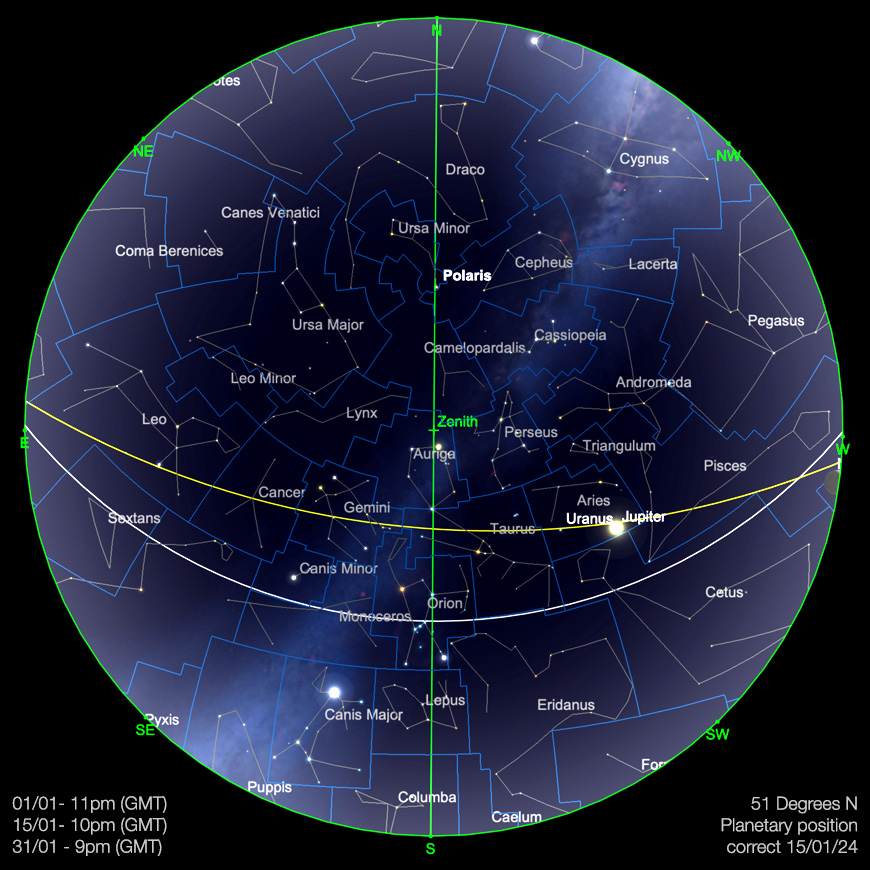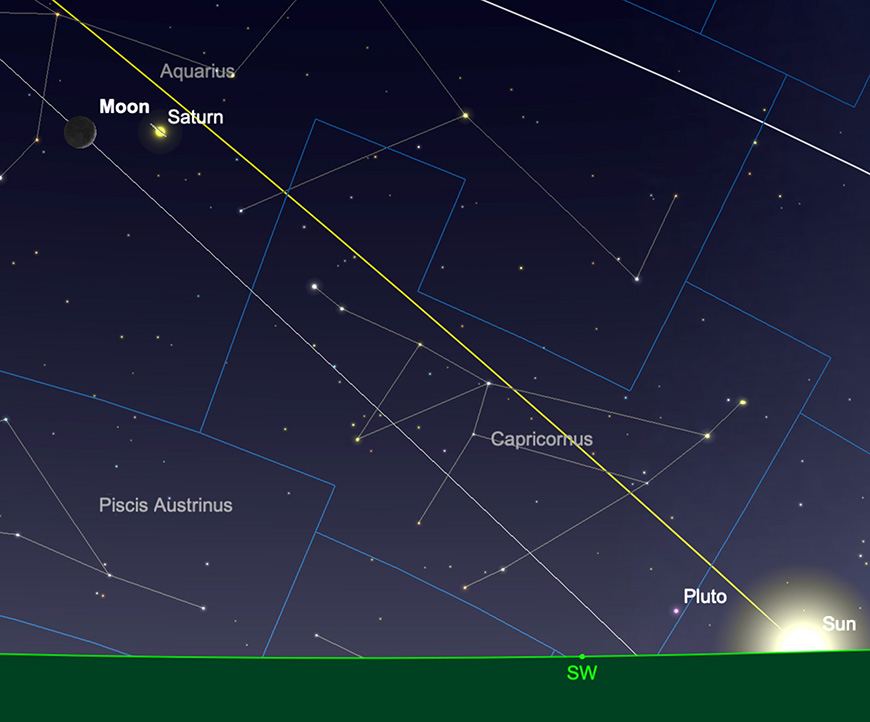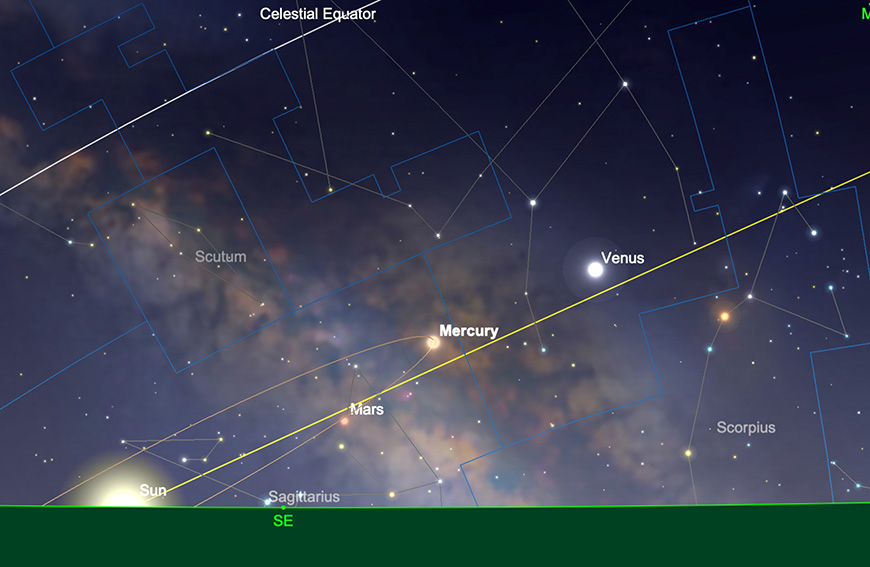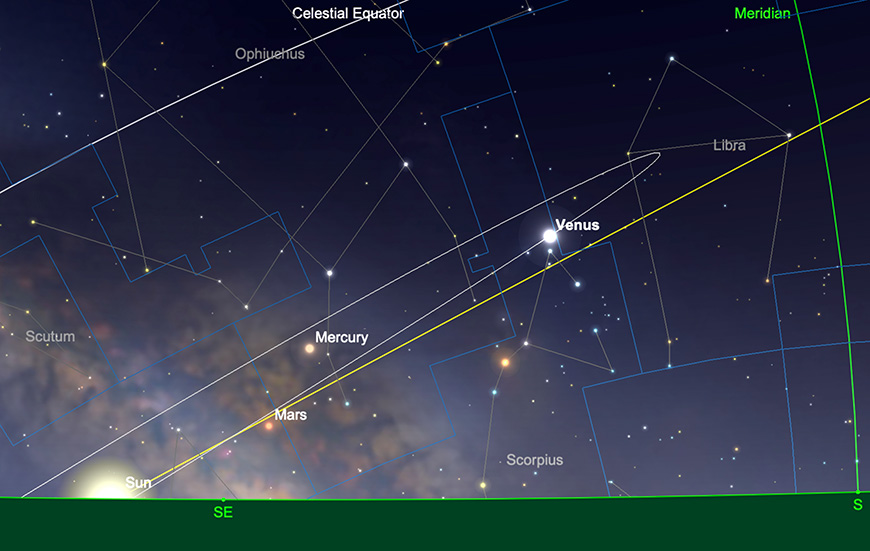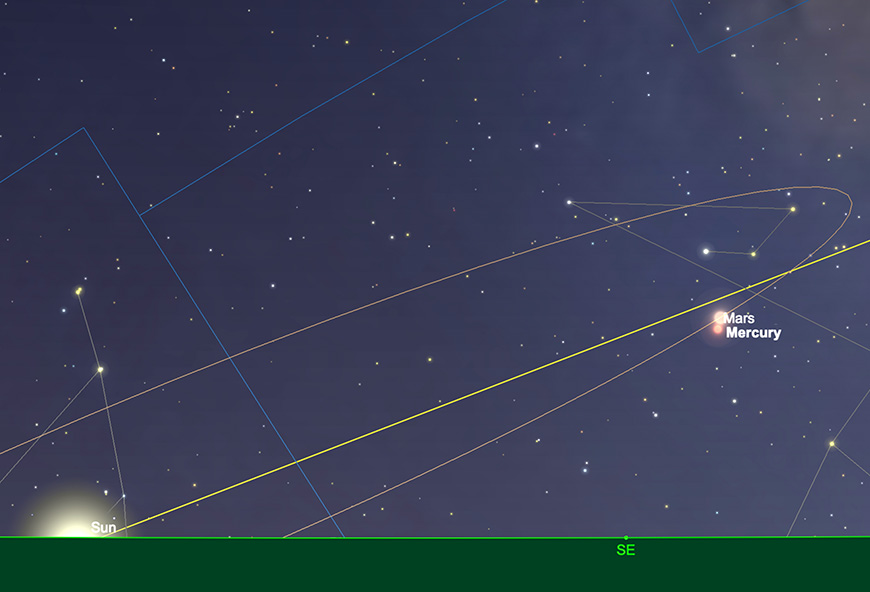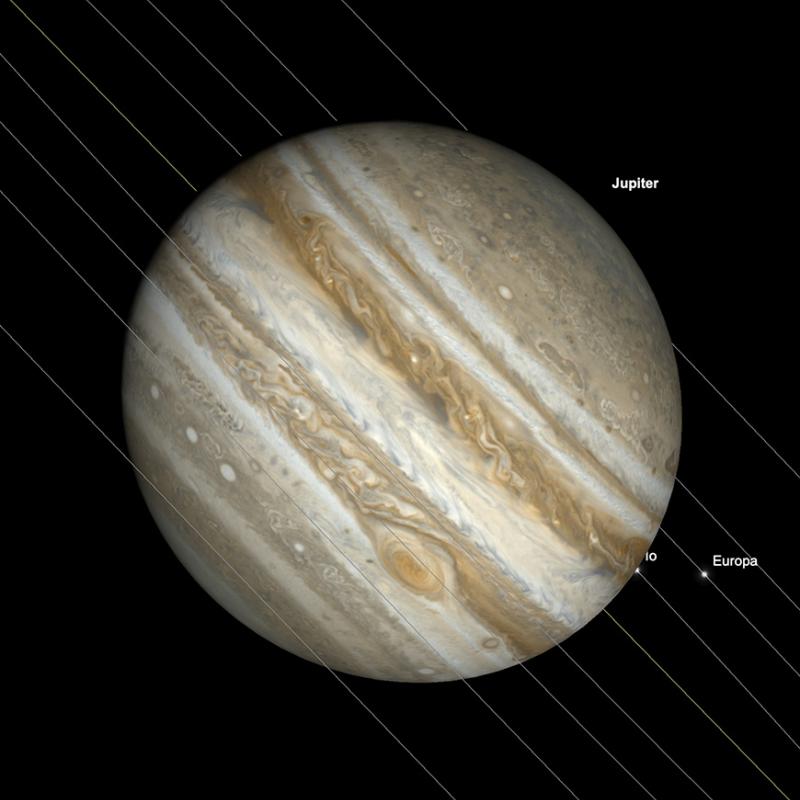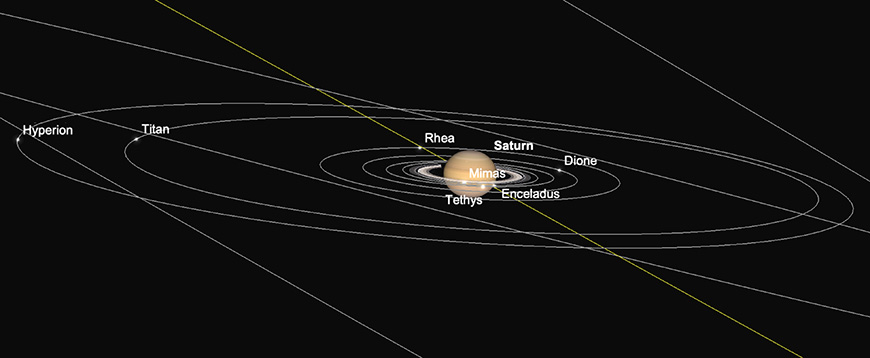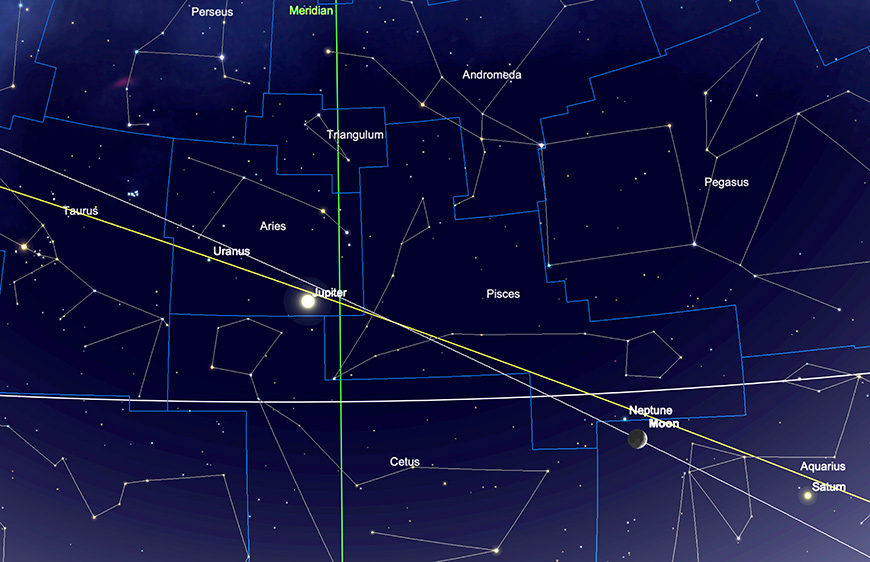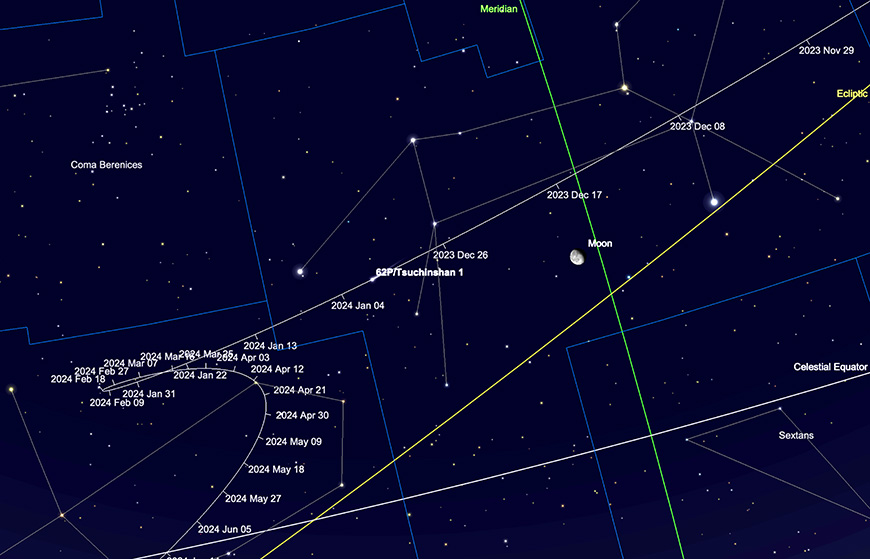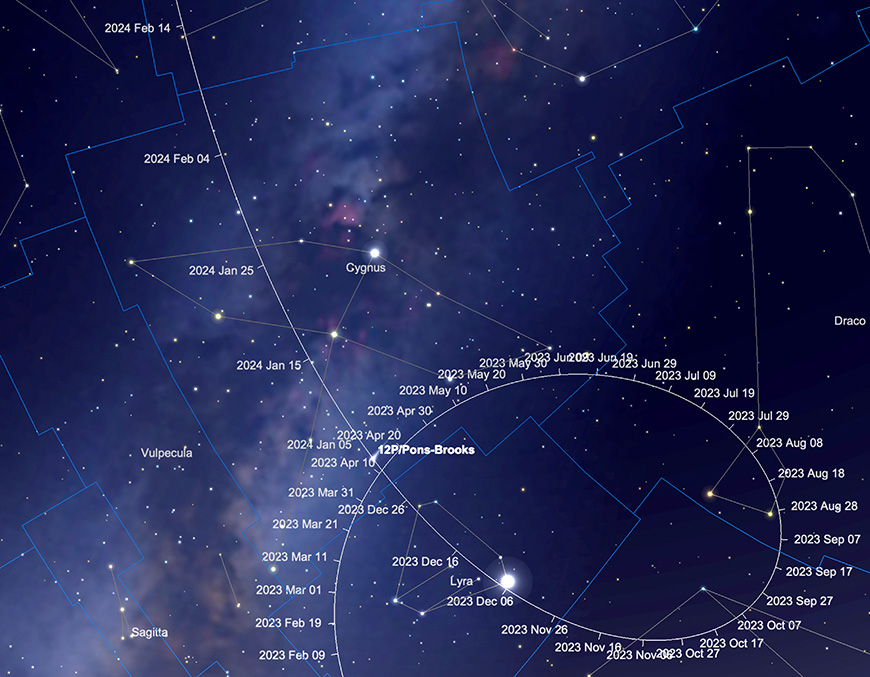Telescope House January 2024 Sky Guide
We wish our readership a very happy new year. We are now past the Winter Solstice in the northern hemisphere and nights will gradually start to become shorter - though this will be barely noticeable for all but the most hardened sky watcher until much later towards the tail end of January. Of course, the opposite is the general case for those of us in the southern hemisphere, who are enjoying the heights of Summer. Wherever you find yourself, we wish you a productive and peaceful 2024. As usual, there’s plenty to enjoy in the coming year in the skies above us.
The Solar System
The Sun
Our solar system’s centrepiece will be coming to solar maximum - the peak of its activity - in 2024. The latest projections from the USA’s National Oceanic and Atmospheric Administration Space Weather Prediction Centre reveal a predicted peak of activity between January and October 2024, which should hit a peak sunspot level of between 123 and 173. This figure is significant, as it is still significantly below the median 179 average number of sunspots reached at a solar cycle peak. This current cycle - the 25th recorded by humans - comes off the back of a very weak cycle 24, during which the fewest maximum sunspot numbers were recorded for 100 years and the longest and weakest minimum for magnetic activity for a similar period was also recorded.
Although the Sun is still in a very low part of the ecliptic for observers in the northern hemisphere, during clear days, when the Sun is close to the meridian and at its highest point in the sky, meaningful observations are still very possible. As ever, use of filtration - either full aperture white light filters or Herschel Wedges for those with good quality refractors, or better still full H-Alpha or Calcium K filters from the likes of Lunt - is essential. There should be plenty of activity to see.
Increased solar activity brings with it increased chances of Auroral displays in both hemispheres. The closer you are to your hemisphere’s respective poles, the greater your chances of witnessing a display. There have of late been some quite powerful displays, which have been seen as relatively low latitudes. Your proximity to a clear northern horizon (if in the northern hemisphere) and lack of light pollution give you the greatest advantage when it comes to seeing Aurora. Keeping an eye on spaceweather.com or other Aurora alert sites, or social media, will normally give observers a reasonable warning of upcoming peaks of Aurora. Even if you can’t pick out predicted Aurora with the naked eye, cameras can often resolve activity, so it’s worth setting one up to try and record this often elusive atmospheric phenomenon.
The Moon
The Moon begins 2024 as a resident of Leo, at waning gibbous phase, illuminated by around 75%. It rises a little after 10pm, transiting at a little after 4am the following morning (GMT, as observed from 51° latitude).
The Moon will drift through the expanses of Leo and Virgo for the next couple of days and will come to last quarter on the 4th. Rising at a little before 12.30am, it will transit at just after 6am.
Our natural satellite continues sinking into the most southerly path of the ecliptic (as seen from a northern hemisphere perspective) over the following week, catching up with the Sun in Sagittarius on the 11th, when it will be at new phase, passing to the south of our parent star. Astro usual, we point out that this part of the month will be the best for deep sky imaging and observations.
Past new, the Moon will become an evening target, slowly rising up through the mire of the southern ecliptic for us northern hemisphere types. It will be a couple of days before it reaches a more easily visible part of the sky. The evening of the 14th will find the thin 14% illuminated crescent Moon sitting around 4 degrees east of the planet Saturn in Aquarius.
The Moon will continue its journey northward through Aquarius, Cetus and Pisces over the next week, where it will reach first quarter phase in the early morning of the 18th. The following evening will see the Moon form a close pairing with Jupiter in Aries. The two will be in close proximity, separated by around two degrees. The following evening will see the Moon form another close pairing, this time with the much fainter Uranus (also in Aries). This should make the planet relatively easy to identity as it will be a couple of degrees to the south of the Moon - as long as sky conditions are good and scattered light from the much brighter Moon doesn’t drown out Uranus.
The next week finds the Moon forging forth through the northern-most part of the ecliptic, through Taurus, Gemini and on into Cancer, where it becomes full on the 25th. Naturally, this will not be the best part of the month for deep sky observations and imaging, unless using very narrowband filtration.
The last week of January, finds the moon passing from Cancer into Leo and on into the wide expense of Virgo, where it ends January on the 31st, at around 68% illumination.
Mercury
Mercury begins January as a morning object, a resident of the non-zodiacal constellation of Ophiuchus. At +0.6 magnitude and 8.6 arc seconds diameter, Mercury is illuminated by just over 28% on the 1st, making it fairly straightforward to observe in the dawn sky. Mercury will stand just over 10 1/2° high, almost due Southeast (from 51° north) as the Sun rises on the 1st.
Mercury reaches maximum western elongation on January 12th, when it will be found around 23 1/2° from the Sun. At this point in the month, the planet will increase brightness to -0.2 magnitude and displays the apparent size of 6.7 arc seconds. The planet will sit again around 10 1/2° above the horizon as the sun rises.
After this point in the month, Mercury will appear to lose altitude, as observed from the temperate northern hemisphere and above, though will still appear very well elongated from the Sun as observed from the equatorial regions of our planet.
By the time we reach the end of the month, Mercury will have brightened slightly to -0.3 magnitude, now displaying a 5.2 arc second diameter disc, which is illuminated by around 87%. The planet will appear much lower in the sky as the sun rises at this point in time, sitting just four and three-quarter degrees, above the horizon at dawn (again, as observed from 51° north). This will make Mercury a much more challenging target from higher northern latitudes at this point in time.
Towards the end of the month, Mercury will drop down below the centreline of the ecliptic, and is now in what is known as “descending node”. This will make observation of the planet in early February very challenging from the northern hemisphere. The highlight of the latter part of January, as far as Mercury is concerned, is a very close conjunction with the planet Mars, which occurs on the 27th - more of this later in this sky guide.
Venus
As remarked in last month’s sky guide, the planet Venus is now dipping down towards the Sun, losing altitude as it does. Consequently, the planet is not in ideal position for telescopic observation during January, but is bright enough to be worthwhile, taking a look at, despite its less-than-perfect position in the sky for those of us in the northern hemisphere.
The morning of the 1st finds Venus a resident of Scorpius, shining at a brilliant -4.1 magnitude, displaying a 14 arc second diameter disc, which is illuminated by around 78%. The planet will attain an altitude of around 18° above the horizon (as observed 51° north) on the morning of the 1st, as the Sun comes up.
By the time we get to the middle of January, Venus will have moved into the neighbouring constellation of Ophiuchus and will now be displaying a visual magnitude of -4.0, with an apparent diameter of just over 13 arc seconds and will be illuminated by just under 82%. The planet will have lost altitude at sunrise from the month’s beginning, now standing just over 14° high above the horizon as the Sun rises.
Fast forwarding to the end of January and we find not a huge amount has changed as far as Venus is concerned. The planet is still static in brightness at -4.0 magnitude and now displays an apparent size of around 12.3 arc seconds and is illuminated by around 85%. The planet will stand a little above 10° in the south east as the Sun rises on the 31st (again, as observed from 51° north).
Mars
Mars is slowly emerging on the morning side of the Sun, but it still relatively faint and very small in size. Around +1.3 magnitude and four arc seconds diameter at the end of January, the highlight of the month as far as Mars is concerned is a very close conjunction with the planet Mercury which will occur on the morning of the 27th, this will find both planets separated by a remarkably small 20 arc minutes. This will put them both easily within the same field of view of binoculars and lower power telescopes. However, Mercury will be by far the brighter of the two at this point at -0.2, but will still be a little challenging to find in the glare of the dawn sky. While we would never want to put anyone off trying to witness such an event, it will be difficult to observe - you will need patience, a very clear, south-easterly horizon and clement sky conditions to be able to make both planets out.
Jupiter
Jupiter is still in very fine form and can be found in the constellation of Aries during January. Shining at a brilliant -2.6 magnitude on the evening of the 1st, Jupiter displays a 43.9 arc second diameter disc and will rise at a little after 12:30 pm and will transit at just before 7:45 in the evening (GMT).
By mid-month, not much has changed as far as Jupiter is concerned. The planet will have faded fractionally to a visual magnitude of -2.5 and now displays an apparent size of just under 42 arc seconds. The planet will rise at a little before midday and transit a little before 7 pm the following evening. Jupiter is joined by the Moon in Aries on the evening of January 18th, with the two bodies separated from each other by around 2 1/4°.
By the time we reach the end of January, Jupiter has faded slightly again to -2.4 magnitude and now displays an angular size of just under 40 arc seconds diameter. It rises at a little before 10:45 in the morning, transiting at just before 6 pm in the evening and setting at a little after 1 am the following morning. A transit point on 31st, Jupiter will stand just over 52° high in the south (as observed from 51° north), making it an ideal target for telescopic observation throughout the month.
There are some mutual transit and occultation events on Jupiter that are worth looking out for. The evening of the 7th sees a mutual transit of the Great Red Spot and Io, starting at around 8 pm (GMT). There is a mutual Europa and Ganymede transit, which starts at around 11.30 pm on 13th January. There is a mutual GRS and Io transit, which begins at around 10 pm on 14th January. There is a GRS transit and Io occultation, which starts at around 6 pm on 15th January. There is a mutual occultation of Europa and Io and a GRS transit on January 22, starting at around 8 pm.
Saturn
We are now losing our window for observation of Saturn during the early evening hours, but this happens gradually during January. The evening of the 1st sees the planet transiting at just before 4 pm (GMT). This means the planet will still be in a very reasonable area of the sky for observation just after the sunset (around half an hour later, as observed from 51° north). Saturn will set at a little before 9 pm (GMT) on the 1st, so our window to observe the ring planet is relatively short. Saturn will appear at +0.9 magnitude, displaying an apparent size of just over 16 arc seconds diameter on the evening of the 1st. It will stand just over 27° high in the south as the Sun goes down (as observed from 51° north).
By the time we get to mid-January, the situation with regards to observation of Saturn has changed somewhat. The planet remains fairly static in brightness at +1.0 magnitude, having shrunk fractionally to 15.9 arc seconds diameter. The planet will now transit at just after 3 pm and set a little after 8 pm. With the Sun setting later and later, the window for Saturnian observation is closing.
By the time we get to the end of January, the situation has deteriorated. Saturn remains at +1.0 magnitude displaying an apparent size of 15.7 seconds diameter. However, the planet will now transit as a little after 2 pm setting at a little after 7:15 in the evening. The Sun will set at around 5 pm at this time of the month. Subsequently, there is not much room for meaningful observation of Saturn by the time we get to the end of January - so make the most of the early part of the month as far of observing the Ringed Planet is concerned. Saturn will reach superior conjunction in late February, so there is not much time left for this current phase of Saturn’s evening appearance in the sky.
Uranus and Neptune
The two outer gas giants are well situated for evening observation during January. Neptune is by far the further west of the two on the Pisces/Aquarius border. Uranus is much higher up in the sky from the northern hemisphere perspective, alongside the much brighter Jupiter in Aries. Neptune will be naturally the trickier of the two planets to observe. At just +7.9 magnitude and apparent size of 2.2 seconds, it will always require telescopes or powerful binoculars to be able to find it. Uranus sitting higher up in the sky, and benefiting from longer hours of darkness at +5.7 magnitude and displaying an apparent size of 3.7 seconds diameter is much easier. It can be found by keen-eyed observers from very dark locations, but is a much easier target than its neighbour in binoculars and small telescopes. The proximity of Jupiter, sitting just 13° to the west of Uranus in Aries in mid-January, makes the area of sky that Uranus is in fairly obvious. The evening of the 15th sees the crescent moon sitting just over 2 1/2° to the south west of Neptune and will make the more difficult planet a little easier to find as a result - as long as skies are clear and there’s not too much scattered light from our natural satellite.
Comets
Periodic comet P/62 Tsuchinshan will be the brightest cometary prospect during January. Peaking at around 8/9th magnitude, it won’t be particularly prominent, but it will be well- placed for morning observations in Leo and Virgo. Once the Moon is out of the way in the middle part of the month, the comet should be relatively straightforward to find beyond Denebola, to the east of the “tail star” of Leo.
P/62 was found by Chinese astronomers in 1965 and bears the name of the Observatory it was found by - not the individuals who discovered it.
Comet 12/P Pons-Brooks has undergone a couple of significant outburst events, the most recent of which being mid-December. While the comet is in a reasonably favourable part of the sky for observation, despite these outbursts, it is still relatively faint at around 8th magnitude. Looping through Cygnus during January, it will still be reasonably high in the sky when astronomical dusk occurs.
The comet is still brightening and could reach technical naked eye brightness as it reaches perihelion in April - though it will of course be much closer to the Sun when this occurs.

 English
English

